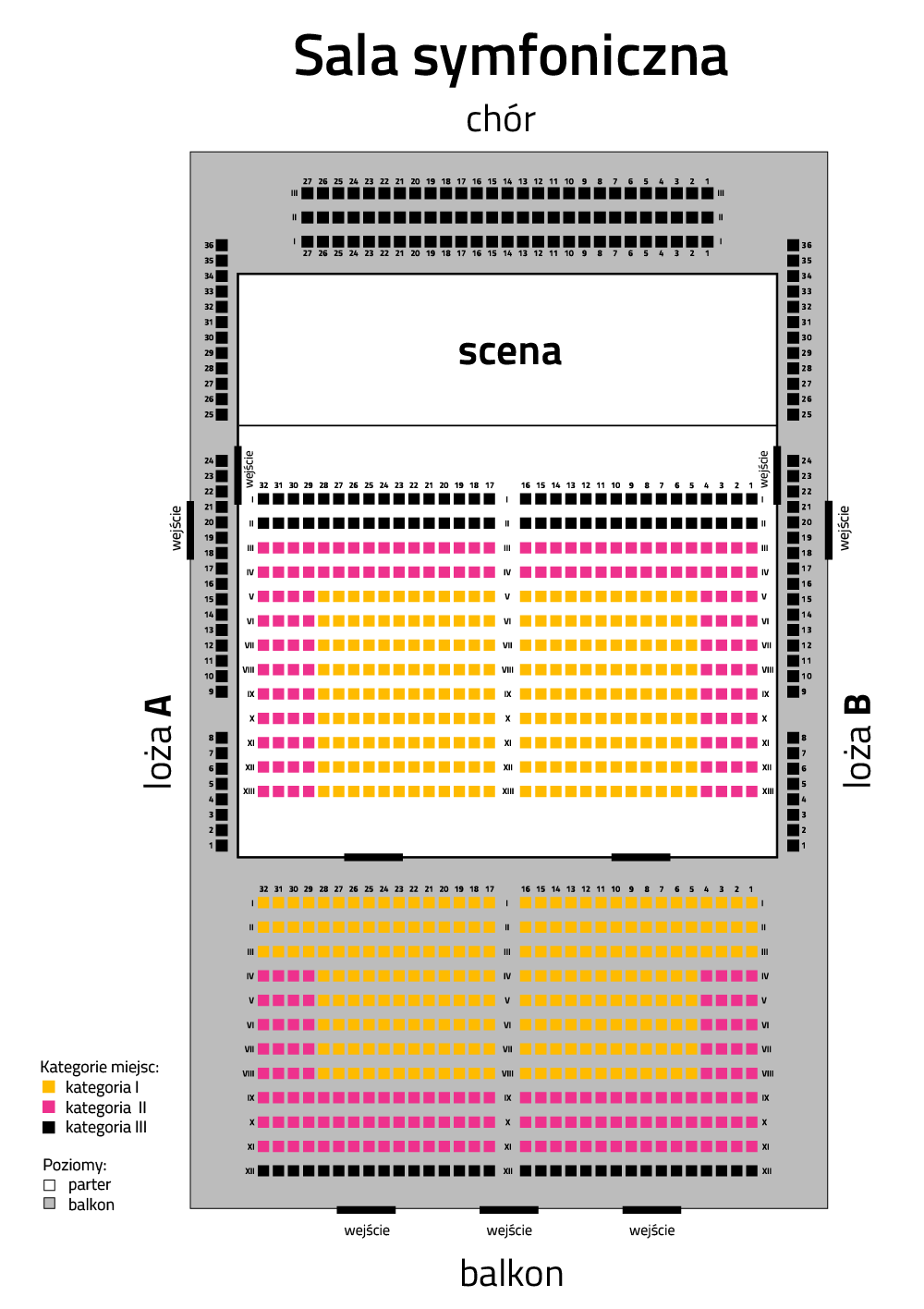This Friday concert will begin with one of the most unusual compositions in Polish music. Its performance in 1974 was a sensation, but not because it was a very avant-garde, modernist or postmodernist piece. The shock was caused by the conventionalism of the composition. "Krzesany" is like a musical return to the roots and traditions. After years of sonorism, experimentation, radicalisms and other -isms, Wojciech Kilar betrayed the avant-garde and turned instead to the folklore of Podhale, creating a stylization of highlander dance.
The conductor, Jan Krenz, uttered telling words after the premiere (1974): "You opened the window wide and let the fresh mountain air into the room of Polish music." And here is how the composer himself commented: "I think I'm such a symphonic Moniuszko. Stanisław Moniuszko wrote songs that filled a gap in Polish song music, and likewise my work fills a gap in Polish symphonic music which is not very rich in compositions, as it is commonly said. And I write such pieces". In this way Wojciech Kilar found his own style, recognizable all over the world, also in the world of Hollywood (music for "Dracula", directed by F.F. Coppola).
And what was Jean Sibelius’s path like in finding his own style? Well, Sibelius is considered to be a Finnish national composer, but paradoxically his path to Finnishness was not so simple. At first he did not even know the Finnish language. He had come from the post-Swedish part of Finland (Finland, as it was known, was first occupied by the Swedes, then by Russia). Swedish-speaking Finns lived in big cities, and big cities meant opening up to the world. On the other hand, the majority of the Finnish native territory stood for the agricultural economy and the people were rather hermetic. These two environments were like fire and water. On the one hand good manners and sophisticated taste, on the other ... roughness and harshness. It seems that these two themes dominate in Jean Sibelius's mature works. On the one hand, lyricism, the logic of musical expression, refinement, and on the other the rigidity and roughness, referred to in Encyclopedias as neo-primitivism.
However, what happened that the Finn in Jean Sibelius won? Undoubtedly, work, research, determination and a woman – Ainu Järnefelt. She wrote to him in Finnish (he replied in Swedish). It was Ainu that greatly influenced the so-called national awakening of the composer. He began to create his most Finnish of symphonic poems and, of course, the violin concerto. This is Sibelius's only concert. One of the canonical romantic compositions we will hear from French violinist Arnaud Sussmann. The sound of his violin was described by the press as a reminder of the classic school of Jascha Heifetz and Fritz Kreisler. Among others, it is in this piece where the typical Sibelius fusion of sophistication with roughness happens, where depressive melodies contrast with the brilliant joy of violin virtuosity. Only in part three do we hear a foreign element, i.e. the stylization of a homely dance, which was described by the British musicologist Donald Tovey as "polonaise of polar bears".
The "bears" are a vivid signal that we are to move to Russian music for the finale of the concert. Sergei Rachmaninov's Symphony No. 2 in E minor is like an extension of the symphonic works of Piotr Tchaikovsky. And if one has such predecessors, the way to one’s own style can be difficult. Luckily for Rachmaninov, his guides were "Old Church Slavonic lilts”, "broad emotional melodies" and "the steppes of middle Asia". Everyone needs to have this room aired from time to time...
------------------------------
Mikołaj Rykowski PhD
Musicologist and clarinetist, doctorate, and associate at the Department Music Theory at the Paderewski Academy of Music in Poznań. Author of a book and numerous articles devoted to the phenomenon of Harmoniemusik – the 18th-century practice of brass bands. Co-author of the scripts "Speaking concerts" and author of the spoken introductions to philharmonic concerts in Szczecin, Poznań, Bydgoszcz and Łódź.



